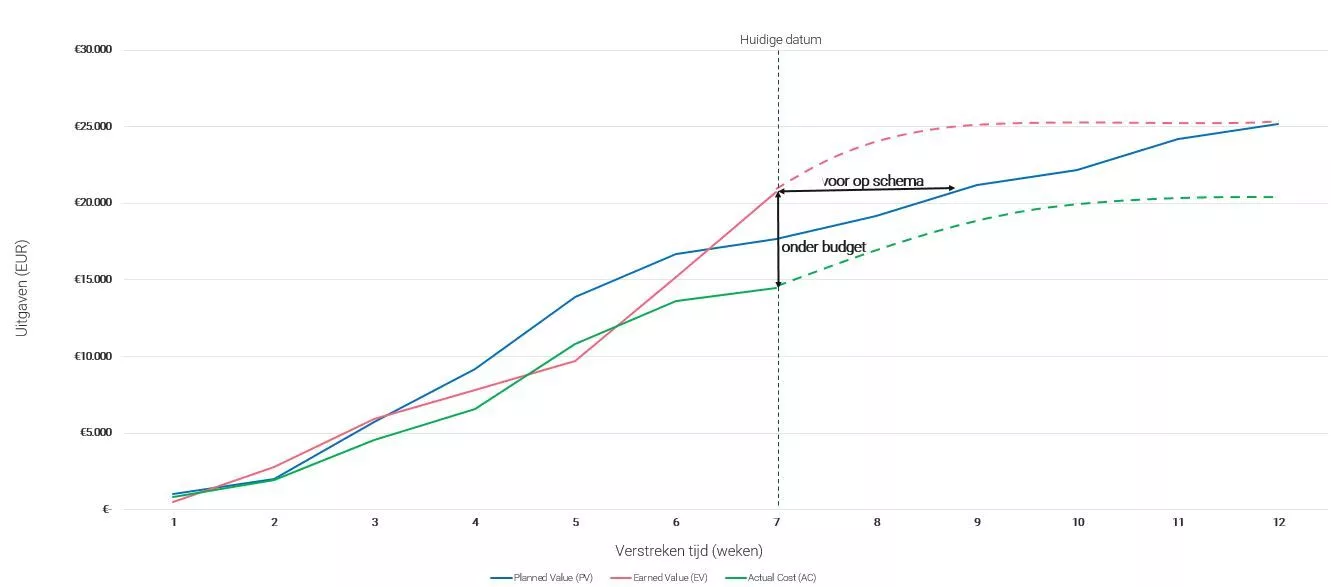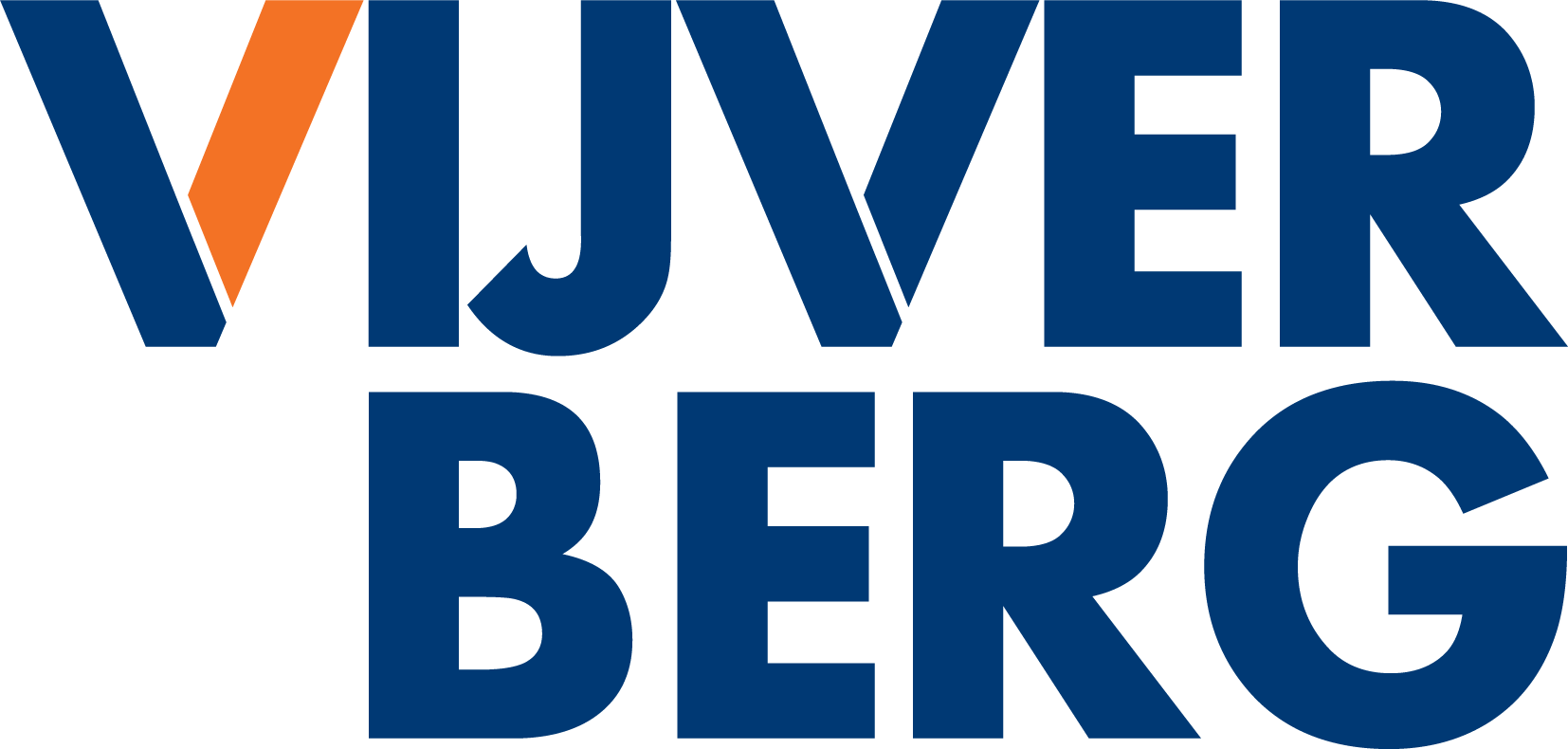Time and budget overruns are undesirable on a project. By aligning the budget with the planning, it is still possible to make timely adjustments and prevent budget and time overruns.
How do you handle this? We explain how to stay on top of the current status of your project, know how things really stand and give the Project Manager tools to determine priorities and actions.
Field of practice
This is a familiar situation for many project managers: the project’s financial objectives are achieved, and the project therefore seems to be going according to plan financially. However, in reality the project is behind schedule. Based on the actual state of the work, there appears to be a budget overrun.
You can prevent this by providing insight into the actual state of affairs with Earned Value Management (EVM).
Earned Value Management (EVM)
What is Earned Value Management (EVM)? The EVM methodology compares project progress with project cost. This is based on three values:
- Planned Value (PV) is the projected budget plotted over the time required.
- Earned Value (EV) represents the budgeted cost of work done in a given period.
- Actual Costs (AC) are the actual costs of the work done in a given period.
In this chart you can see how these 3 values come together and provide insight into how expenses are plotted over time.

This also shows that the project is ahead in time (the horizontal difference between the blue and red lines), but also that work has been done more cheaply (the vertical difference between the red and green lines). rode en de green lines).
In addition to giving the actual project information (see table below), EVM includes certain indicators that can show the budget and schedule at the end of the project based on the performance achieved at the measurement time.
In a project, an arithmetic forecast can be made of the expected end date of the project and the corresponding total expected expenditures.
Make timely adjustments with insight into the current status
To ensure that the Project Manager can make timely and adequate adjustments, he needs indicators that provide insight into the current status of the project schedule and budget. The main indicators used for this purpose are the Cost Performance Index[1] (CPI) and Schedule Performance Index[2] (SPI).
The indicators give a picture of the status of the project (or parts of the project) and can serve as a tool for the Project Manager to determine priorities and actions.
| Status | Planning (SPI) | Cost (CPI) |
| 1 | Behind schedule ( SPI = <1) | Budget overrun ( CPI = <1) |
| 2 | Behind schedule | Under budget |
| 3 | Behind schedule | In line with budget |
| 4 | Ahead of schedule (SPI = >1) | Budget overrun |
| 5 | Ahead of schedule | Below budget (CPI = >1) |
| 6 | Ahead of schedule | On budget (CPI = 1) |
| 7 | On schedule (SPI = 1) | On budget |
| 8 | On plan | Budget overrun |
| 9 | Conform to plan | Under budget |
[1] The Cost Performance Index (CPI) is a key figure for the efficiency of the work performed. A value equal to or greater than 1 indicates a favourable situation. A value less than 1 indicates an unfavourable situation. The CPI is calculated using the following formula: CPI = Earned Value / Actual Cost.
[2] The Schedule Performance Index (SPI) is the ratio of work performed to scheduled work. A value of less than 1 means that the work is behind schedule. The SPI is calculated using the following formula: SPI = Earned Value / Planned Value.
High quality control information and reporting to stakeholders
The actual project progress provides high quality control information and therefore a better forecast for execution and cash flow management. Good coordination of planning and costs results in less administration and better reporting to stakeholders, which ensures that fewer FTEs are needed for planning and cost control.
Start at the beginning of your project
It is important to focus on this immediately right at the beginning of the project, so that this approach is possible. Want to know how to approach this? We are happy to provide support on your project.
